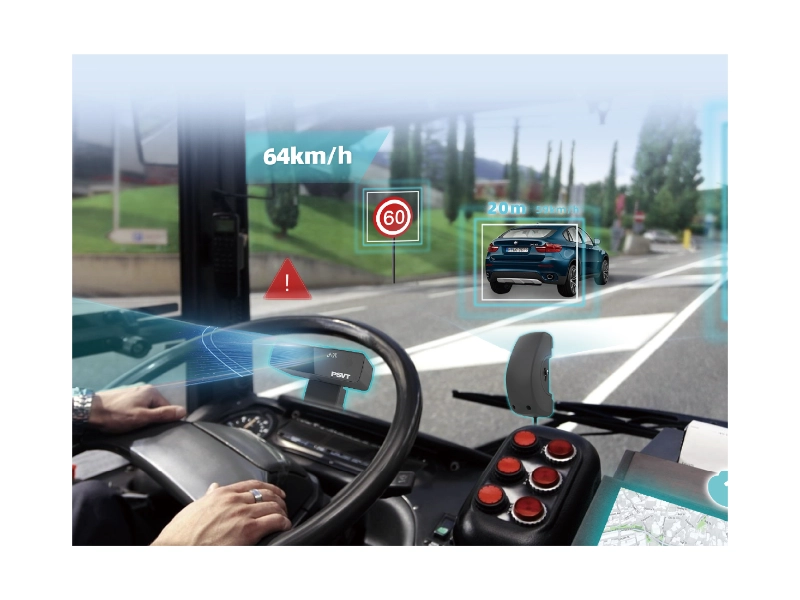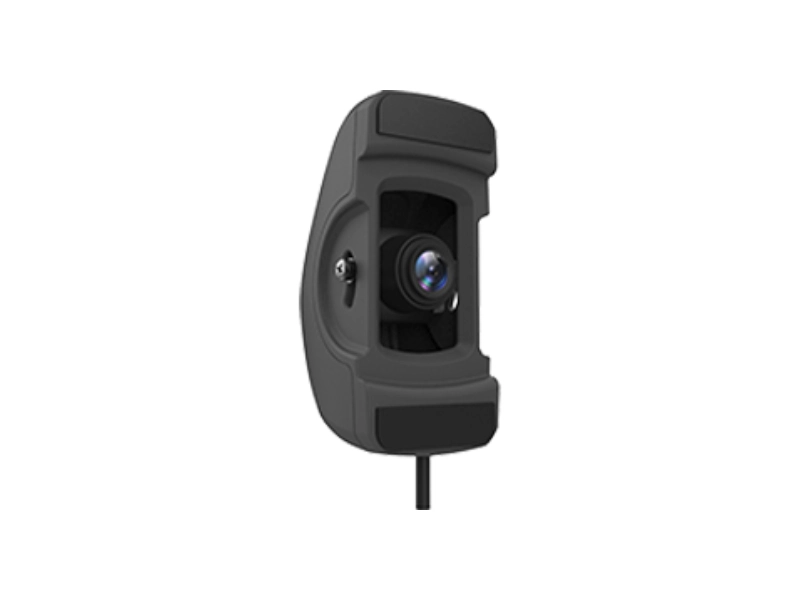What is Intelligent Speed Assist (ISA)
Intelligent Speed Assist (ISA) is an advanced automotive technology designed to improve road safety by helping drivers comply with posted speed limits. The system is designed to reduce speeding-related accidents by providing drivers with real-time speed limit information, warnings and proactive interventions to prevent speeding.

How do ISAs work?
The ISA system uses a combination of GPS, digital mapping and speed limit sign recognition technology to determine the current speed limit for a given stretch of road. This information is processed by the onboard computer and communicated to the driver through a variety of interfaces, including visual cues, audible alerts and tactile feedback, such as a vibrating accelerator pedal.
ISA functions can be divided into three main types:
- 1. Advisory ISA: The system uses visual or auditory cues to inform the driver of the current speed limit, increasing awareness and encouraging responsible driving.
- 2. Warning ISA: When the vehicle exceeds the speed limit, the system reminds the driver to slow down through visual or audible warnings.
- 3. Intervention ISA: The system actively prevents the vehicle from exceeding the speed limit by limiting engine power or applying controlled braking. This active measure helps avoid accidents and reduces the severity of potential impacts.
Benefits of ISAs
The main benefit of ISA is improved road safety. Studies have shown that even a small reduction in average driving speed can significantly reduce accidents and fatalities. Other benefits of ISA include:
- Save Fuel and Reduce Emissions: Consistent driving speeds improve fuel efficiency and reduce emissions.
- Save journey time: On managed motorways or roads with variable speed limits, ISA can help optimise travel time.
- Improves driver awareness: Regular reminders of speed limits improve driver compliance and awareness.
- Reduction in physical traffic calming measures: Since drivers are more likely to voluntarily obey speed limits, the need for speed bumps and cameras could be reduced.
Implementation and adoption
The EU has recognised the potential of ISA to improve road safety. Therefore, Regulation (EU) 2021/1958 stipulates that new car models must be equipped with ISA functionality from 6 July 2022. Furthermore, from 7 July 2024, all newly registered vehicles must include ISA functionality. The regulation emphasises the importance of ISA in reducing speeding-related accidents.
Despite some initial concerns about driver over-reliance and the accuracy of speed limit data, ISA technology has gained widespread support. Its successful implementation will require continued improvement, public education, and collaboration between automakers, regulators, and road authorities.
Product Spotlight: AE-CS50Z ISA Intelligent Speed Assist System

The AE-CS50Z ISA system embodies the advanced features of ISA technology. The main advantages of this system include:
- Complies with EU GSR 2021/1958 and EURONCAP 4 ASSESSMENT regulations.
- Integrate visual data with high-definition map data from 27 EU countries.
- Dead reckoning and recognition of explicit and implicit speed limits.
- Equipped with ISO 21434 (ECE R155/R156) cybersecurity standards for software updates and management.
- Features system fault and self-check modes to detect abnormal conditions within the vehicle.
- Employs automotive-grade chipsets for all types of commercial vehicles, including M- and N-class vehicles.
- Recognized by well-known overseas automobile companies for its strict quality and design.
In summary, Intelligent Speed Assist (ISA) systems represent a significant advancement in automotive safety technology. By helping drivers adhere to speed limits, ISA systems contribute to safer roads, fewer accidents, and a more responsible driving culture. As regulations mandate the adoption of ISA technology, it will become an integral feature of future vehicles, driving us toward a safer and more efficient transportation ecosystem.
